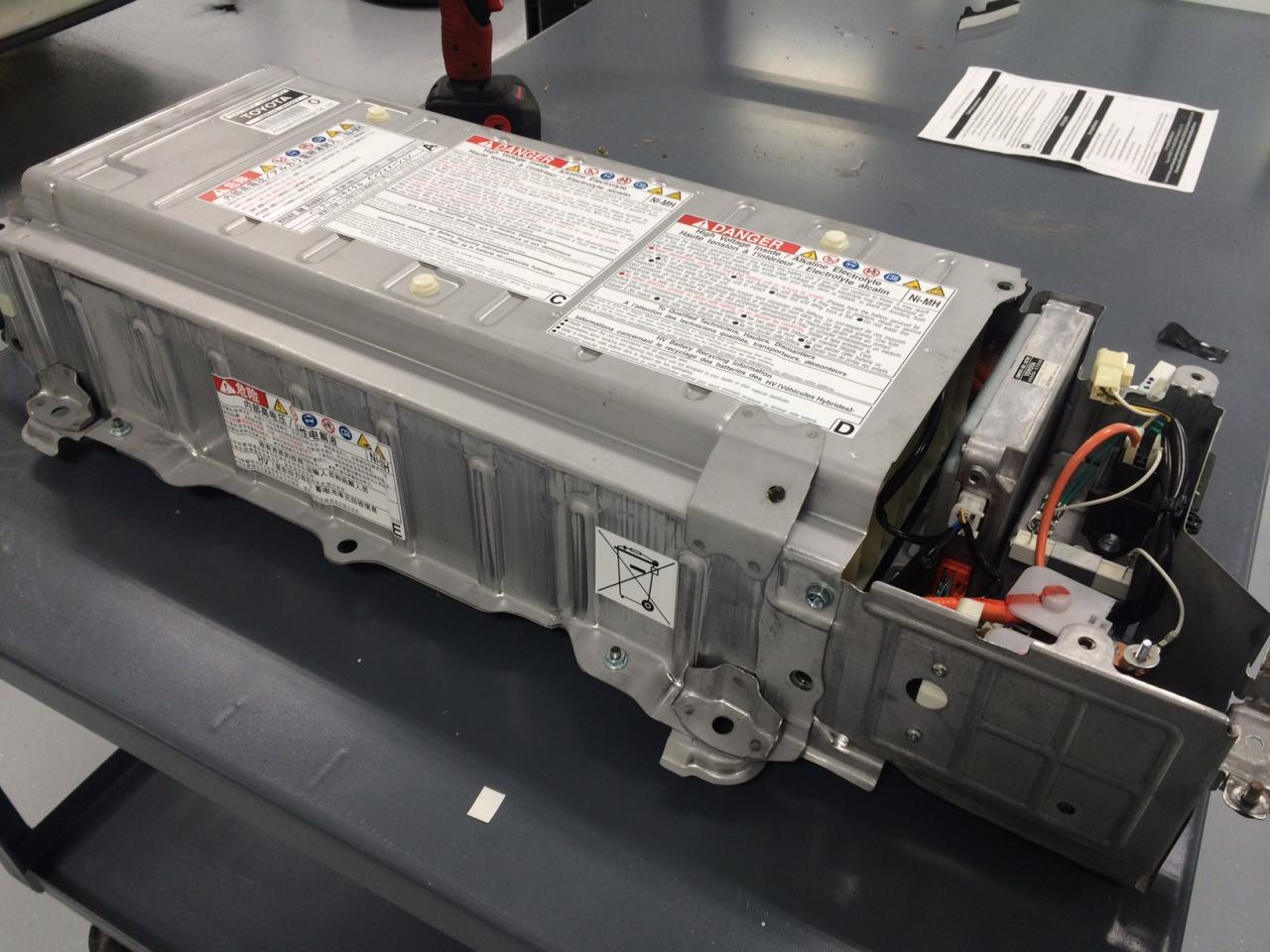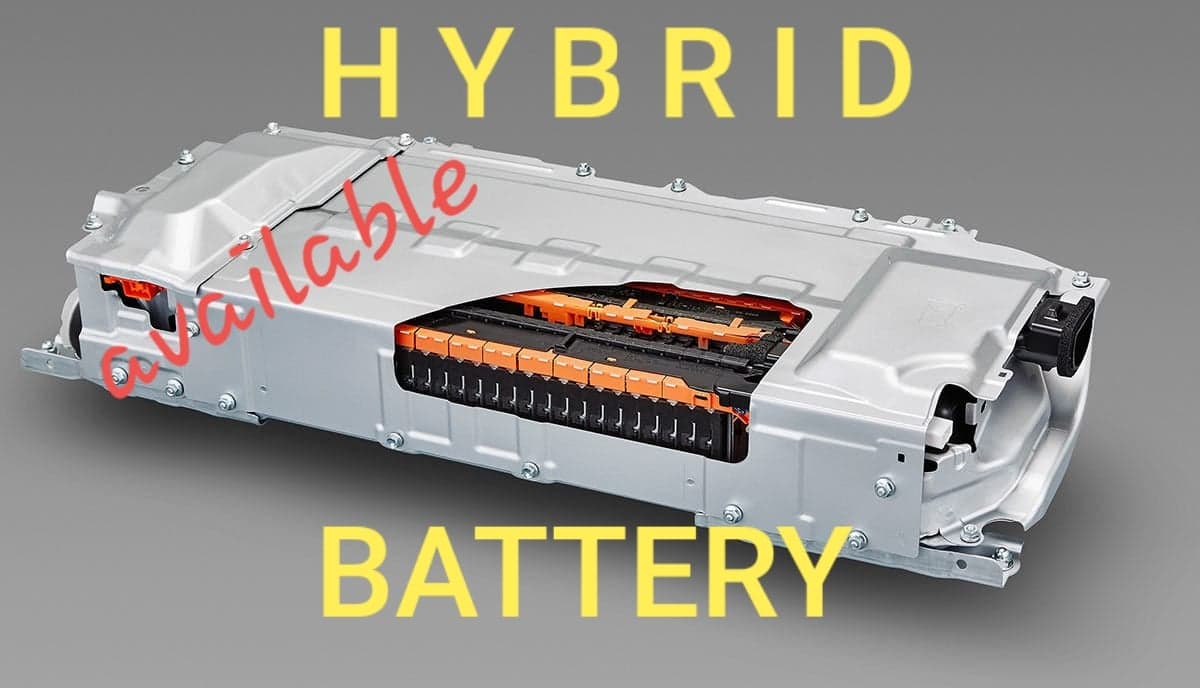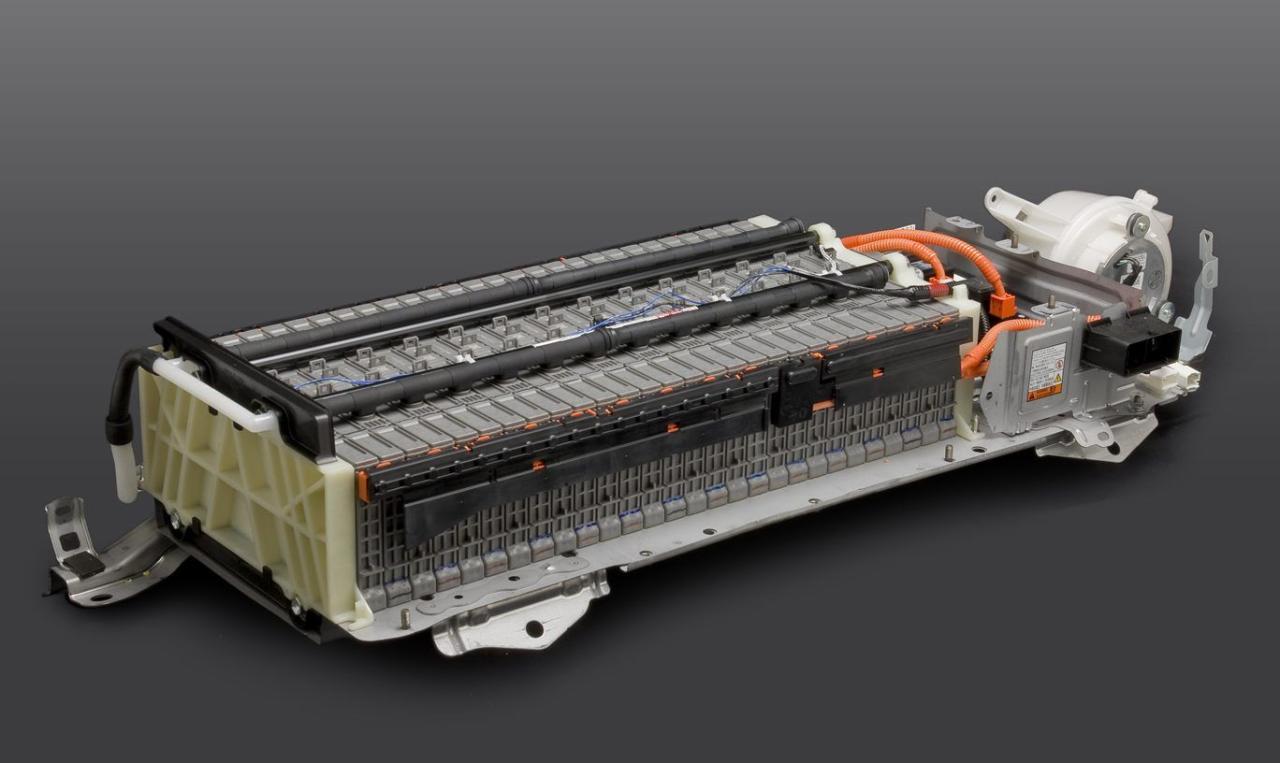Delving into the realm of hybrid battery replacement, this comprehensive guide empowers you with the knowledge and insights to navigate the intricacies of maintaining your vehicle’s power source. From understanding the signs of a failing battery to exploring alternative options, this guide equips you with the information you need to make informed decisions about your hybrid’s performance.
As we delve deeper into the topic, we will uncover the factors that impact battery life, the replacement process, and the costs involved. Additionally, we will explore the importance of proper recycling and disposal practices to ensure environmental sustainability.
Hybrid Battery Replacement Overview
Hybrid vehicles have become increasingly popular in recent years due to their improved fuel efficiency and reduced emissions. Hybrid batteries play a crucial role in the operation of hybrid vehicles, providing power to the electric motor and assisting the gasoline engine.
Understanding the purpose, history, and types of hybrid batteries is essential for informed decision-making regarding hybrid battery replacement.
The history of hybrid battery technology dates back to the early 20th century, with the first hybrid vehicles appearing in the 1900s. However, it was not until the late 1990s and early 2000s that hybrid technology gained widespread acceptance. Since then, hybrid battery technology has undergone significant advancements, with the introduction of more efficient and durable battery types.
Types of Hybrid Batteries
There are several types of hybrid batteries, each with its own advantages and disadvantages. The most common types of hybrid batteries include:
- Nickel-Metal Hydride (NiMH) Batteries:NiMH batteries are relatively inexpensive and have a long lifespan. However, they have a lower energy density compared to other battery types and are more susceptible to self-discharge.
- Lithium-Ion (Li-Ion) Batteries:Li-Ion batteries have a higher energy density and longer lifespan than NiMH batteries. They are also more efficient and less susceptible to self-discharge. However, they are more expensive than NiMH batteries.
- Lead-Acid Batteries:Lead-acid batteries are the least expensive type of hybrid battery. However, they have a shorter lifespan and are heavier than other battery types.
Reasons for Hybrid Battery Replacement
Hybrid batteries are designed to last for a long time, but they eventually need to be replaced. There are a number of factors that can affect the lifespan of a hybrid battery, including driving habits, climate, and battery age.
Signs and Symptoms of Hybrid Battery Failure
- Decreased fuel economy
- Reduced power or acceleration
- Difficulty starting the car
- Warning lights on the dashboard
- Strange noises coming from the battery
Factors Affecting Hybrid Battery Life
In addition to the signs and symptoms listed above, there are a number of factors that can affect the lifespan of a hybrid battery. These include:
- Driving habits:Aggressive driving, such as hard acceleration and braking, can put stress on the battery and shorten its lifespan.
- Climate:Extreme temperatures, both hot and cold, can damage the battery. Batteries are most efficient when operated in moderate temperatures.
- Battery age:All batteries eventually lose capacity over time. The lifespan of a hybrid battery is typically 8-10 years.
Importance of Regular Battery Maintenance and Inspections
Regular battery maintenance and inspections can help to extend the lifespan of a hybrid battery. These services can identify potential problems early on, before they cause serious damage to the battery. Battery maintenance and inspections typically include:
- Checking the battery’s voltage and capacity
- Inspecting the battery for leaks or damage
- Cleaning the battery terminals
- Updating the battery’s software
Hybrid Battery Replacement Process
The hybrid battery replacement process involves several steps that require careful attention to safety and proper execution.
Safety Precautions and Procedures, Hybrid battery replacement
Before commencing the replacement, safety precautions must be taken to prevent electric shock and other hazards. These include:
- Wearing appropriate personal protective equipment (PPE), including insulated gloves, safety glasses, and non-conductive clothing.
- Disconnecting the 12-volt battery to isolate the hybrid system.
- Verifying that the vehicle is in Park and the parking brake is engaged.
- Using caution when handling the high-voltage components of the hybrid system, as they can retain a charge even after the 12-volt battery is disconnected.
Tools and Equipment
The following tools and equipment are typically required for hybrid battery replacement:
- Hybrid battery removal and installation tools
- Torque wrench
- Multimeter
- Battery charger
- Safety glasses
- Insulated gloves
- Non-conductive clothing
Cost of Hybrid Battery Replacement
The cost of replacing a hybrid battery can vary significantly depending on several factors, including the make and model of the vehicle, the type of battery being replaced, the availability of the battery, and the labor costs associated with the replacement.
Factors Influencing Cost
-
-*Vehicle Make and Model
Different vehicle manufacturers and models have different battery designs and specifications, which can impact the cost of the battery itself as well as the labor involved in replacing it.
-*Battery Type
There are different types of hybrid batteries available, such as nickel-metal hydride (NiMH) and lithium-ion (Li-ion) batteries. NiMH batteries are generally less expensive than Li-ion batteries, but Li-ion batteries offer longer lifespans and higher power density.
The latest Tesla body kit has been turning heads with its sleek and futuristic design. Its aerodynamic curves and aggressive lines enhance the Tesla’s already sporty aesthetic. Meanwhile, the roar of a Range Rover Sport exhaust system adds a touch of exhilaration to your driving experience.
With its deep, resonant tone, this exhaust system transforms your SUV into a true performance machine.
-*Battery Availability
The availability of the battery can also affect the cost. If the battery is readily available, it will likely be less expensive than if it is in high demand or if it is a discontinued model.
-*Labor Costs
The labor costs associated with replacing a hybrid battery can vary depending on the complexity of the replacement process and the experience of the technician performing the work.
Hybrid Battery Replacement Alternatives

Replacing a hybrid battery can be costly, but there are alternative options to consider. These alternatives may not fully restore the battery’s capacity, but they can extend its life and save you money.
Battery reconditioning involves using specialized equipment to discharge and recharge the battery multiple times. This process can help to remove sulfation from the battery plates, which can improve its performance. Battery refurbishment, on the other hand, involves replacing individual battery cells or modules within the battery pack.
This option can be more expensive than reconditioning, but it can restore the battery’s capacity to a greater extent.
Pros and Cons of Alternatives
The main advantage of battery reconditioning and refurbishment is that they are less expensive than full battery replacement. They can also extend the life of the battery, which can save you money in the long run. However, these alternatives may not fully restore the battery’s capacity, and they may not be as effective on batteries that are severely damaged.
If you’re looking to upgrade your Tesla’s sleek exterior, a Tesla body kit can be a great option. These kits typically include a front bumper, rear bumper, side skirts, and a spoiler, and can dramatically alter the look of your car.
For those who prefer a more aggressive sound, a range rover sport exhaust can provide a satisfying roar that’s sure to turn heads.
Cost Savings and Environmental Benefits
Battery reconditioning and refurbishment can save you a significant amount of money compared to full battery replacement. The cost of reconditioning a hybrid battery typically ranges from $500 to $1,500, while the cost of refurbishment can range from $1,500 to $3,000. Full battery replacement, on the other hand, can cost anywhere from $3,000 to $8,000.
These alternatives can also have environmental benefits. By extending the life of your hybrid battery, you can reduce the amount of waste that is generated. Additionally, reconditioning and refurbishment can help to conserve natural resources, as they do not require the use of new materials.
Hybrid Battery Recycling and Disposal

Hybrid battery recycling and disposal play a crucial role in preserving the environment and ensuring safety. Improper disposal of these batteries can have severe consequences.
Hybrid batteries contain hazardous materials, including nickel, cadmium, and cobalt. When disposed of improperly, these materials can leach into the soil and groundwater, contaminating ecosystems and posing health risks.
Regulations and Best Practices
To mitigate these risks, governments have implemented regulations for responsible battery recycling. These regulations typically require battery manufacturers and retailers to establish collection and recycling programs.
- Designated Recycling Centers:Hybrid batteries should only be disposed of at designated recycling centers, where they can be safely dismantled and recycled.
- Battery Collection Programs:Many manufacturers and retailers offer battery collection programs, making it convenient for consumers to dispose of their batteries responsibly.
- Battery Recycling Technologies:Advanced recycling technologies allow for the efficient recovery of valuable materials from hybrid batteries, minimizing waste and environmental impact.
Outcome Summary

In conclusion, hybrid battery replacement is a crucial aspect of maintaining the optimal performance of your hybrid vehicle. By understanding the signs of a failing battery, the replacement process, and the available alternatives, you can make informed decisions that extend the life of your vehicle and ensure a smooth driving experience.
Remember, proper battery care and disposal practices not only benefit your vehicle but also contribute to a greener and more sustainable future.
Detailed FAQs: Hybrid Battery Replacement
What are the common signs of a failing hybrid battery?
Reduced fuel efficiency, difficulty starting the vehicle, and warning lights on the dashboard are common indicators of a failing hybrid battery.
How often should I replace my hybrid battery?
The lifespan of a hybrid battery varies depending on factors such as driving habits and climate. However, most hybrid batteries last between 8 to 10 years.
What are the benefits of reconditioning a hybrid battery?
Battery reconditioning can extend the life of your hybrid battery, save you money compared to a full replacement, and reduce environmental waste.